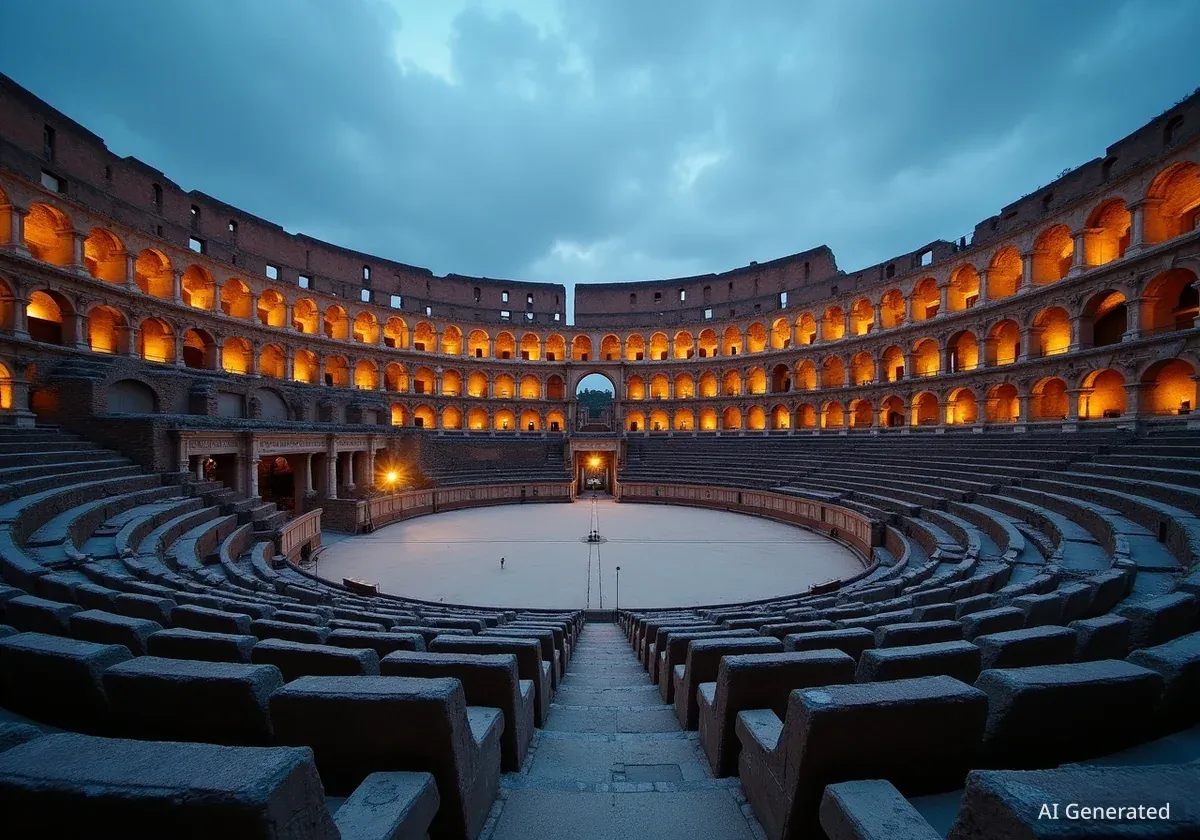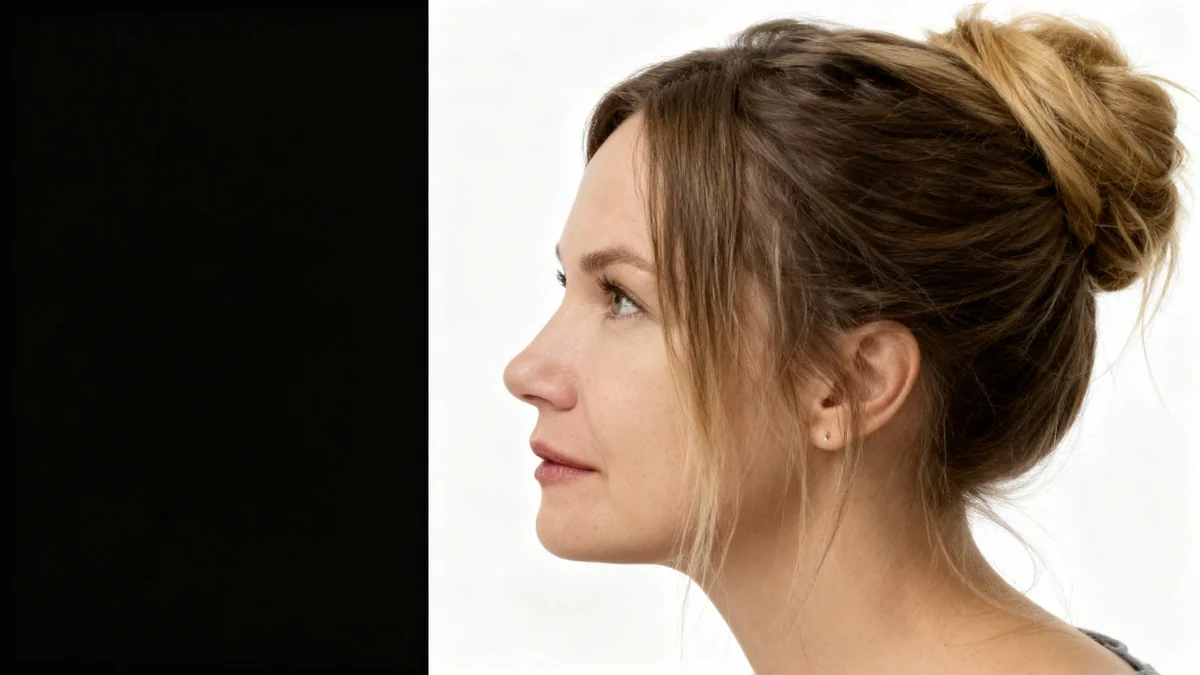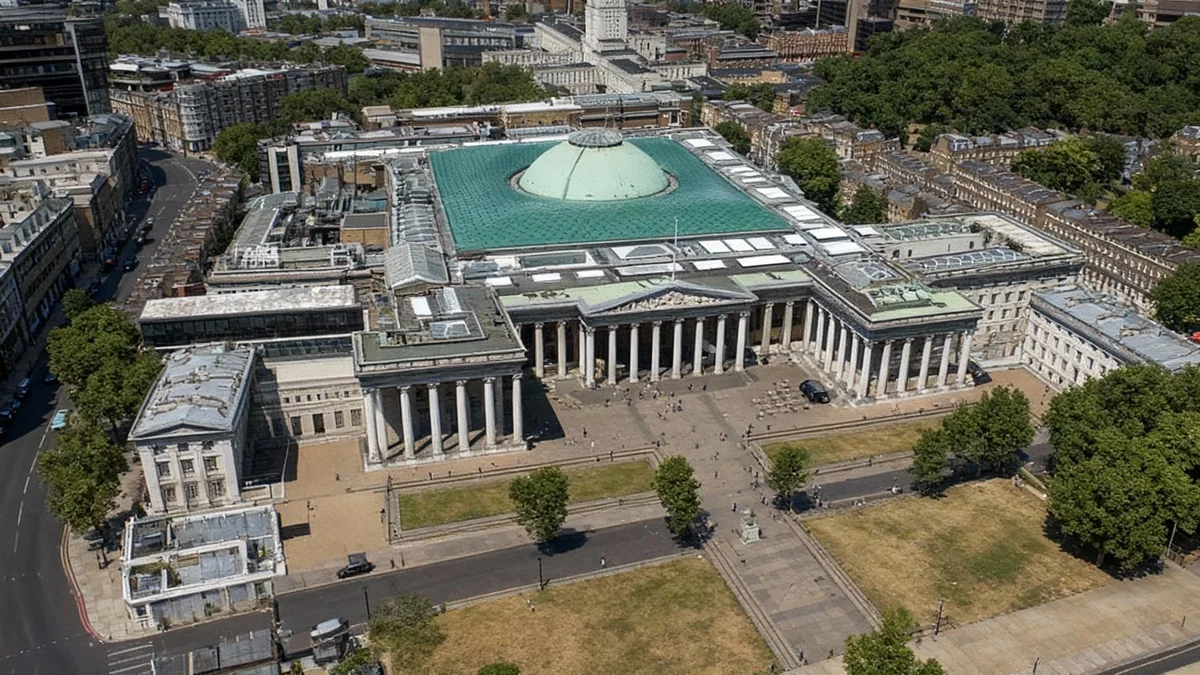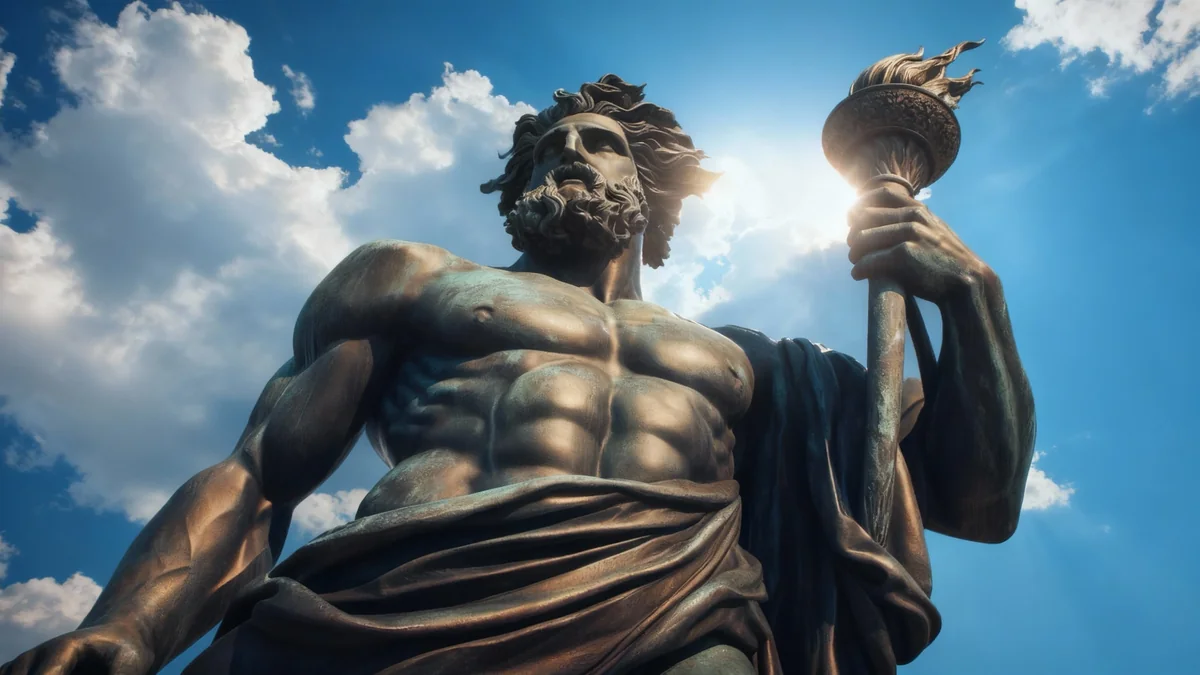Cairo's Grand Egyptian Museum (GEM), a monumental project nearly 25 years in the making, has now fully opened its doors to the public. On November 1, visitors gained access to the entire 968,000 square feet of exhibition space, marking a significant milestone after considerable construction delays.
The long-awaited opening allows the world to experience an unparalleled collection of ancient Egyptian artifacts, including the complete burial treasures of King Tutankhamun, many of which have never been publicly displayed before.
Key Takeaways
- The Grand Egyptian Museum is now fully accessible to visitors.
- It houses all 5,600 objects from King Tutankhamun’s tomb, with over half never before seen.
- The museum features an 11-foot-tall statue of Ramses II and offers views of the Giza pyramids.
- The project began in 2002, following plans announced in 1992.
A Quarter-Century Vision Realized
The vision for the Grand Egyptian Museum first emerged in 1992, with construction officially commencing in 2002. This ambitious project aimed to create a world-class facility capable of housing Egypt's vast archaeological treasures and providing a modern, immersive experience for visitors.
After a partial opening of a dozen main galleries in October 2024, the remaining sections were unveiled on Saturday, November 1. This completion represents the culmination of decades of planning, design, and construction work.
Museum at a Glance
- Total Area: 968,000 square feet
- Construction Start: 2002
- Full Opening Date: November 1, 2025
- Key Feature: Complete King Tutankhamun collection
The Unveiling of Tutankhamun's Treasures
The most anticipated section of the new museum is undoubtedly the 80,000-square-foot gallery dedicated entirely to the burial objects of King Tutankhamun. This space now holds all 5,600 artifacts discovered in his tomb, offering an unprecedented look into the life and death of the boy king.
More than half of these objects, which include elaborate shrines, intricate coffins, royal thrones, and even chariots, have never been publicly exhibited before. They were previously held in storage or displayed in other museums, often in fragments.
"I had the idea of displaying the complete tomb, which means nothing remains in storage, nothing remains in other museums, and you get to have the complete experience, the way Howard Carter had it over a hundred years ago," said Tarek Tawfik, president of the International Association of Egyptologists.
Tawfik, who formerly served as the director general of GEM, highlighted the museum's goal to recreate the discovery experience of British Egyptologist Howard Carter, who found Tutankhamun's intact tomb in 1922.
Architectural Marvels and Grand Displays
Beyond the Tutankhamun collection, the Grand Egyptian Museum boasts several other impressive features. Upon entering, visitors are greeted by a large atrium dominated by an 11-foot-tall statue of Ramses II. This colossal statue sets a majestic tone for the journey through ancient Egyptian history.
A grand staircase, adorned with statues and artifacts from various Egyptian dynasties, guides visitors through different historical periods. From the top of this staircase, guests are treated to a breathtaking panoramic view of the Giza pyramids, seamlessly connecting the museum's contents with the iconic ancient monuments just outside.
Connecting Past and Present
The museum's strategic location near the Giza pyramids emphasizes its role as a gateway to understanding ancient Egypt. Its modern design contrasts with the ancient artifacts it houses, creating a dynamic dialogue between different eras.
A New Era for Egyptian Tourism
The full opening of the Grand Egyptian Museum is expected to be a significant boost for Egyptian tourism. With its state-of-the-art facilities and comprehensive collection, the GEM is poised to become a premier global destination for those interested in ancient civilizations.
Sherif Fathy, the Egyptian Minister of Tourism and Antiquities, spoke to the media ahead of the opening, emphasizing the museum's role in showcasing Egypt's rich heritage to the world. The careful planning and execution of this project underscore Egypt's commitment to preserving and presenting its history.
What Visitors Can Expect
- Extensive Galleries: Explore dozens of galleries showcasing artifacts from different dynasties.
- Interactive Displays: Modern exhibition techniques enhance understanding of ancient life.
- Conservation Efforts: The museum incorporates advanced conservation laboratories.
- Educational Programs: Future plans include educational workshops and lectures.
The museum's exterior, designed by Heneghan Peng Architects, is a striking example of contemporary architecture, providing a fitting home for treasures that span millennia. Fireworks lit up the sky during the inauguration ceremony, marking a celebratory start to this new chapter in Egypt's cultural landscape.
The Grand Egyptian Museum is more than just a storage facility for artifacts; it is a living testament to human ingenuity and a bridge connecting modern visitors to the profound legacy of ancient Egypt.





